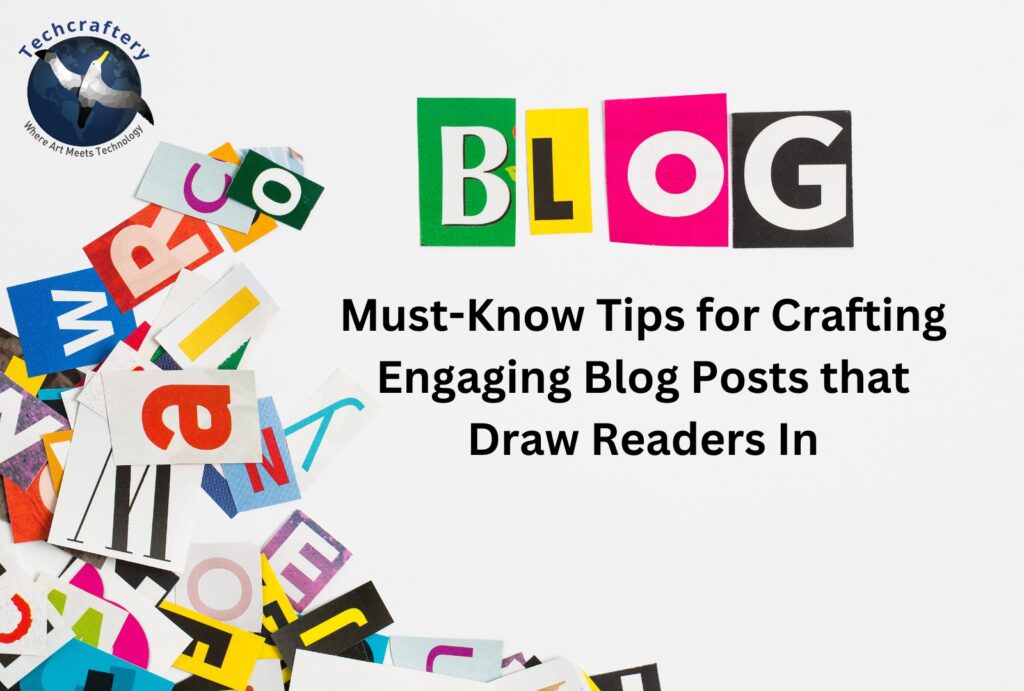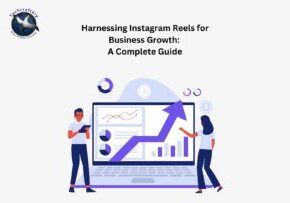Must-Know Tips for Crafting Engaging Blog Posts that Draw Readers In

Blogging is an effective way to connect with your audience, share knowledge, and establish your authority in your niche. However, with countless blogs available online, creating engaging content that captures readers’ attention can be challenging. This guide provides must-know tips for writing blog posts that attract and retain readers.
1. Understand Your Audience
1.1 Identify Your Target Audience
Before you start writing, it’s essential to understand who your audience is. Identify their demographics, interests, and needs. Ask yourself:
- Who are they?
- What problems do they need solving?
- What topics are they interested in?
1.2 Create Reader Personas
Creating reader personas can help you visualize your audience. A persona is a fictional representation of your ideal reader, including details like age, occupation, interests, and pain points. This exercise allows you to tailor your content to their preferences.
2. Choose Relevant Topics
2.1 Research Trending Topics
Stay updated on industry trends and popular topics in your niche. Use tools like Google Trends, BuzzSumo, or social media platforms to identify what people are currently interested in.
2.2 Address Common Questions
Pay attention to the questions your audience is asking. Use platforms like Quora or Reddit to find common queries related to your niche. Craft blog posts that answer these questions directly.
3. Craft an Engaging Headline
3.1 Make It Attention-Grabbing
Your headline is the first thing readers see, so make it compelling. Use strong adjectives and action words that evoke curiosity. For example, instead of “Tips for Healthy Eating,” try “Transform Your Health: 10 Unbeatable Tips for Eating Right.”
3.2 Keep It Concise
While it’s essential to be descriptive, try to keep your headline concise. Ideally, it should be between 60-70 characters to ensure it displays fully in search engine results.
4. Write an Intriguing Introduction
4.1 Hook Your Readers
Start your blog post with a hook—an interesting fact, a provocative question, or a relatable anecdote. This will grab readers’ attention and encourage them to keep reading.
4.2 State the Purpose
Clearly outline what readers can expect from your post. Let them know how the information will benefit them.
5. Use Subheadings and Formatting
5.1 Break Up Your Content
Long blocks of text can overwhelm readers. Use subheadings to break your content into digestible sections. This makes it easier for readers to skim and find information quickly.
5.2 Use Bullet Points and Lists
Incorporate bullet points or numbered lists to present information clearly. This format is easier to read and helps highlight key points.
6. Write in a Conversational Tone
6.1 Be Relatable
Write as if you’re having a conversation with your readers. Use a friendly, approachable tone and avoid jargon or overly complex language. This helps establish a connection with your audience.
6.2 Use Personal Pronouns
Incorporate personal pronouns like “you” and “we” to make your writing feel more direct and personal.
7. Incorporate Visuals
7.1 Use Images and Graphics
Visual content can enhance your blog posts and break up text. Use relevant images, infographics, or charts to support your writing and make it more visually appealing.
7.2 Optimize Images
Ensure that your images are optimized for web use. Compress them to reduce loading times, and use descriptive alt text for SEO purposes.
8. Provide Value
8.1 Offer Practical Tips
Readers appreciate actionable advice. Include tips, strategies, or how-to guides that they can apply in their lives.
8.2 Share Personal Experiences
Incorporating personal anecdotes can make your content relatable. Share your own experiences or challenges to connect with your readers on a deeper level.
9. Optimize for SEO
9.1 Use Keywords Strategically
Identify relevant keywords for your blog post and incorporate them naturally throughout your content. This helps search engines understand your content and improve its visibility.
9.2 Include Internal and External Links
Link to other relevant posts on your blog (internal links) and credible external sources. This enhances your content’s authority and provides additional resources for readers.
10. Encourage Engagement
10.1 Include a Call to Action
End your blog post with a clear call to action (CTA). Encourage readers to leave comments, share the post, or subscribe to your newsletter. For example, “What are your thoughts on this topic? Share in the comments below!”
10.2 Respond to Comments
Engage with your readers by responding to their comments. This fosters a sense of community and encourages more interaction.
11. Edit and Proofread
11.1 Revise Your Draft
Take the time to revise your draft thoroughly. Look for clarity, flow, and coherence. Remove any unnecessary fluff or repetitive information.
11.2 Check for Errors
Proofread your post to catch spelling, grammar, and punctuation errors. Tools like Grammarly can help, but a manual review is always a good idea.
12. Promote Your Blog Posts
12.1 Share on Social Media
Once your blog post is published, share it on your social media platforms. Use eye-catching visuals and engaging captions to attract readers.
12.2 Collaborate with Influencers
Reach out to influencers in your niche to share your post. Their endorsement can help you reach a broader audience.
13. Analyze Your Performance
13.1 Use Analytics Tools
Monitor the performance of your blog posts using analytics tools like Google Analytics. Track metrics such as page views, bounce rate, and time spent on the page.
13.2 Adjust Your Strategy
Based on your analysis, adjust your content strategy. Identify which topics resonate most with your audience and refine your approach accordingly.










